New Lawn Care – Dos & Don’ts
You have just laid fresh turf…but do you have a new lawn care plan?
William and the team from Plant-EM have some tips to keep your new grass healthy and green now and many years from now.
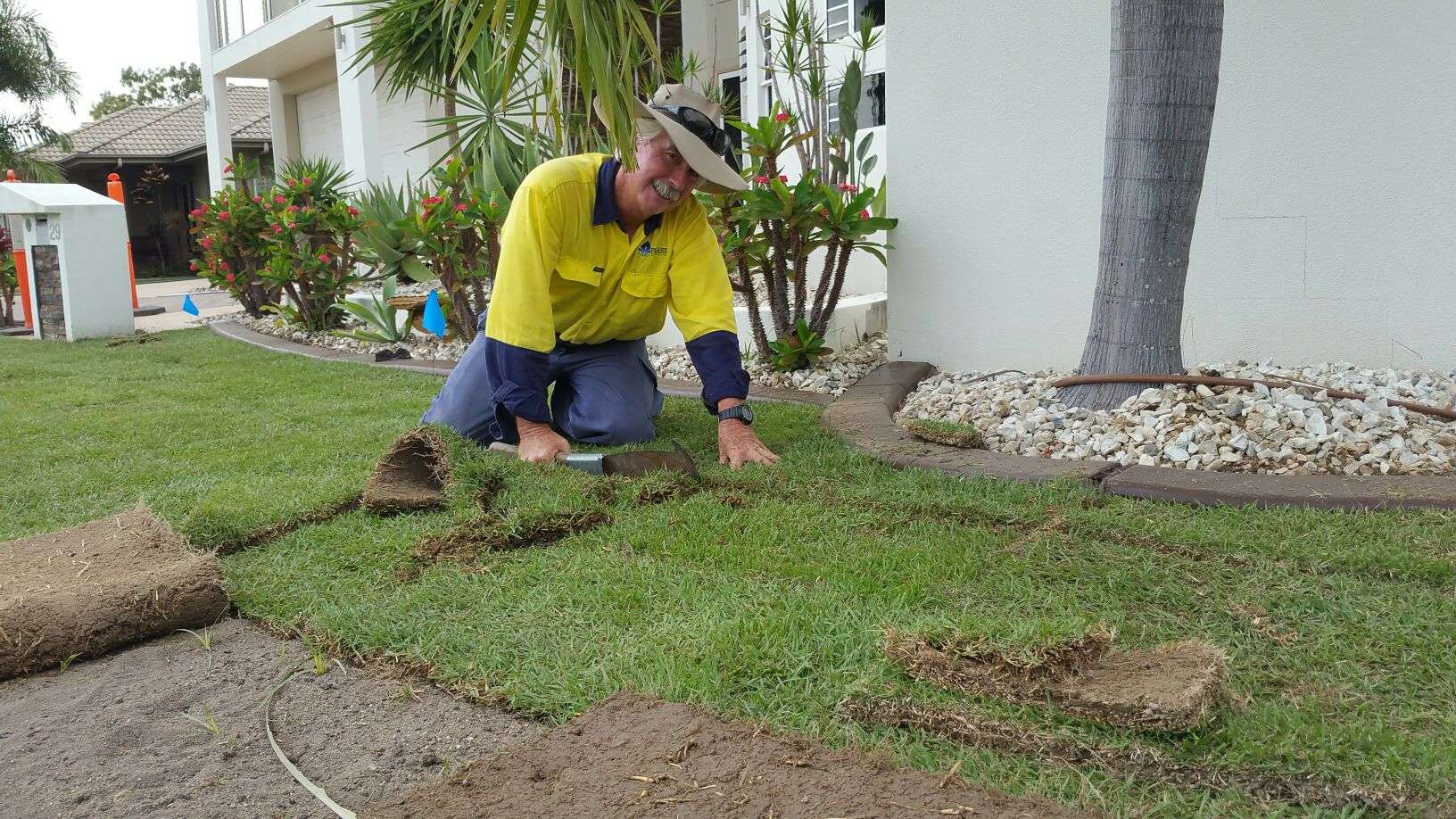
New Lawn Care – Establishment period: 0-21 days
- If there are any area that are not getting enough water and are dying, contact us.
- Allow water to continue for 10 -14 days as per schedule set by installers.
- At the 10-day period check the lawn for roots taking hold. This can be done by gently pulling on the leaves. If there is good resistance, then your new lawn is well on its way to taking hold and you can consider reducing the watering interval’s or the number of times it watered per day. Caution: do not reduce too much too soon.
- At 14 days you should be able to turn irrigation to meet current water restrictions. Caution: there may be some areas that require a bit of extra attention due to shade etc.
- At about 21 days once the soil has fined up you can mow. Please have sharp blades on mower.
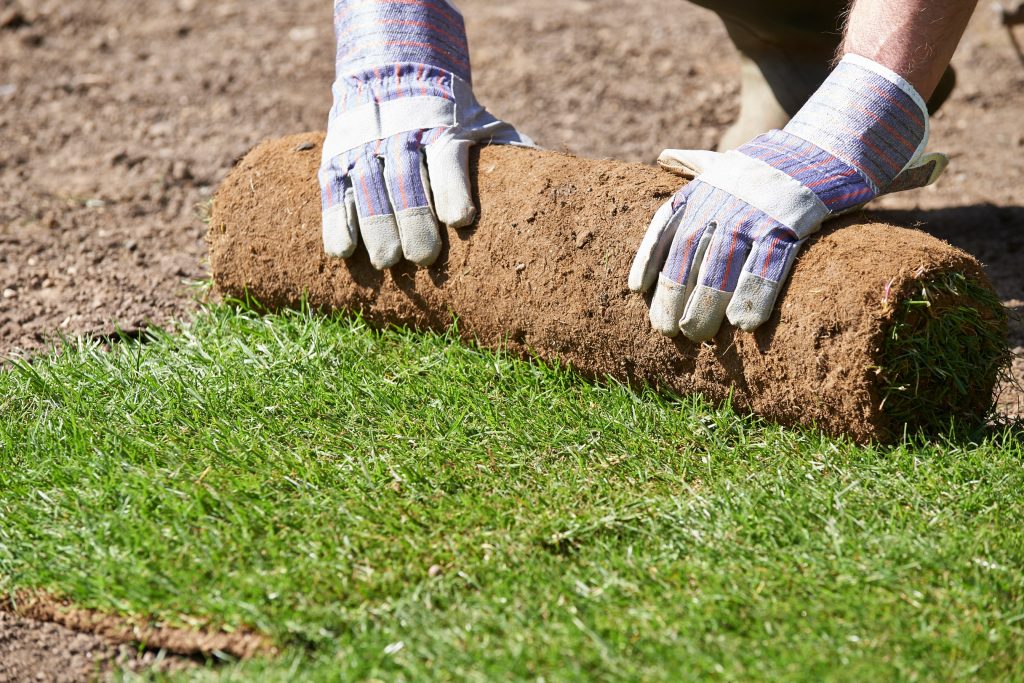
New Lawn Care – post establishment
There are three most important elements to include in your new lawn care plan that will help maintain healthy grass.
- Mowing
- Nutrition
- Water Management
Mowing
- Setting your mower up at a reasonable height 30 to 50 mm high depending on the grass type will give you the best care and overall management of your lawn.
- Mow every 2-3 weeks throughout the year, in summer when actively growing it may require a weekly mow.
- Plant-EM has a dedicated Garden Care crew who can help you maintain your lawn and gardens throughout the year.
Nutrition
Fertilising 3-4 times a year with a slow release fertiliser (we recommend Nitrosphoska and Urea) at the recommended rate will help keep your lawn looking great.
- Tip 1. Slow release fertiliser
- Tip 2 Add organic to the fertiliser (Nitrosphoska and Urea). This will help feed the soil as well and improve the benefits of the fertiliser (Dynamic Lifter or Humate Granules)
- Tip 3. Avoid naturally high-growing periods (Dec to March) .
Water Management
It is important to manage your water input and regulate for the different seasons.
- Tip 1. Reduce water input over winter, the days are shorter and cooler, most grasses slow down growth during this time and require about a quarter of the amount of water compared to summer
- Tip 2. High water in winter helps breed fungus, grows sedge grass and other winter broad leaf weeds.
- Tip 3. Reducing water in the winter saves you water and is good for the environment it will also save you money in the long run.
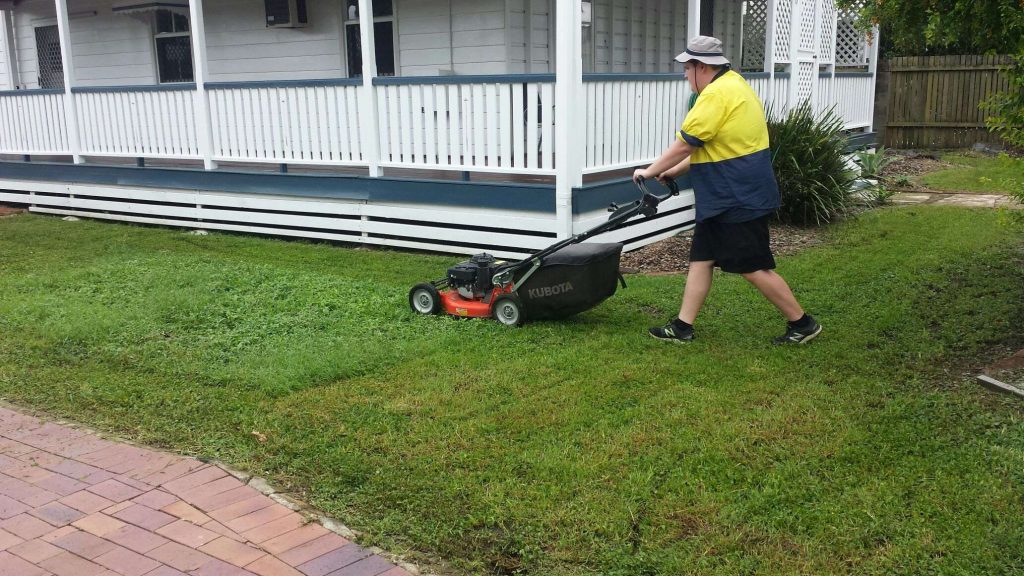


New Lawn Care – Other Associated Problems
Nut Grass
Nut grass will be the biggest pest in your garden if not managed correctly.
- Tip 1. The best control method is chemical. Sempra, Sledge Hammer is the most common Herbicide spray that is registered for lawn. Minimum 2-3 applications 7-10 days apart.
- Tip 2. When using any chemical spray follow safety precautions.
- Tip 3. Herbicide sprays should be done midway between mows. This allows for sufficient leaf of the weed for the herbicide contact and Herbicide to be absorbed.
Unfortunately, Nut grass will always be in your garden, the best you can hope for is to keep it under control, that way it will not be very visible and have little impact on the appearance and enjoyment of your lawn & garden areas.
Dethatching
Most modern lawns will require dethatching every 12 months to 2 years.
This problem can also be escalated by incorrect mowing height ie. mowing too high.
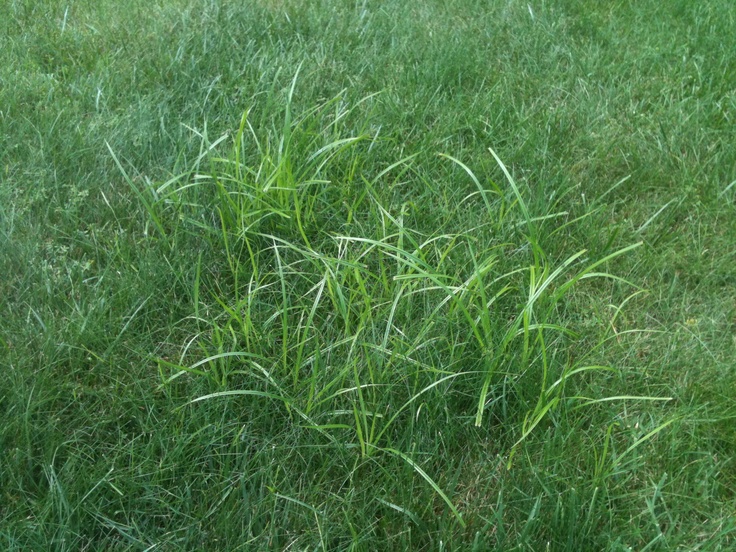
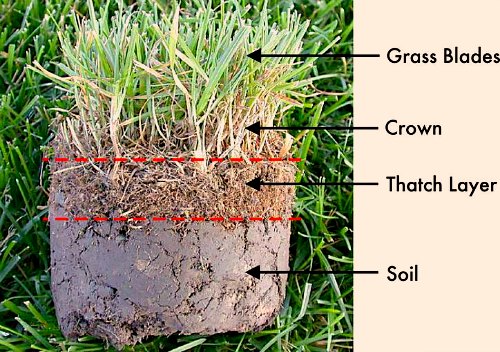
Need help with your New Lawn Care? Get in touch today.

